As an avid history enthusiast, I have always been fascinated by the ancient Egyptian civilization and its rich cultural heritage. One of the most intriguing aspects of this civilization is the Valley of the Kings, which served as the final resting place for many of the pharaohs and their consorts. Among the many tombs in this valley, Tomb KV35 stands out for its enigmatic occupant, the Younger Lady. In this article, I will explore the history, mystery, and significance of Tomb KV35 and its artifacts, as well as the architectural design, excavation, and restoration process of this unique tomb.
Lohasahan'ny Mpanjaka
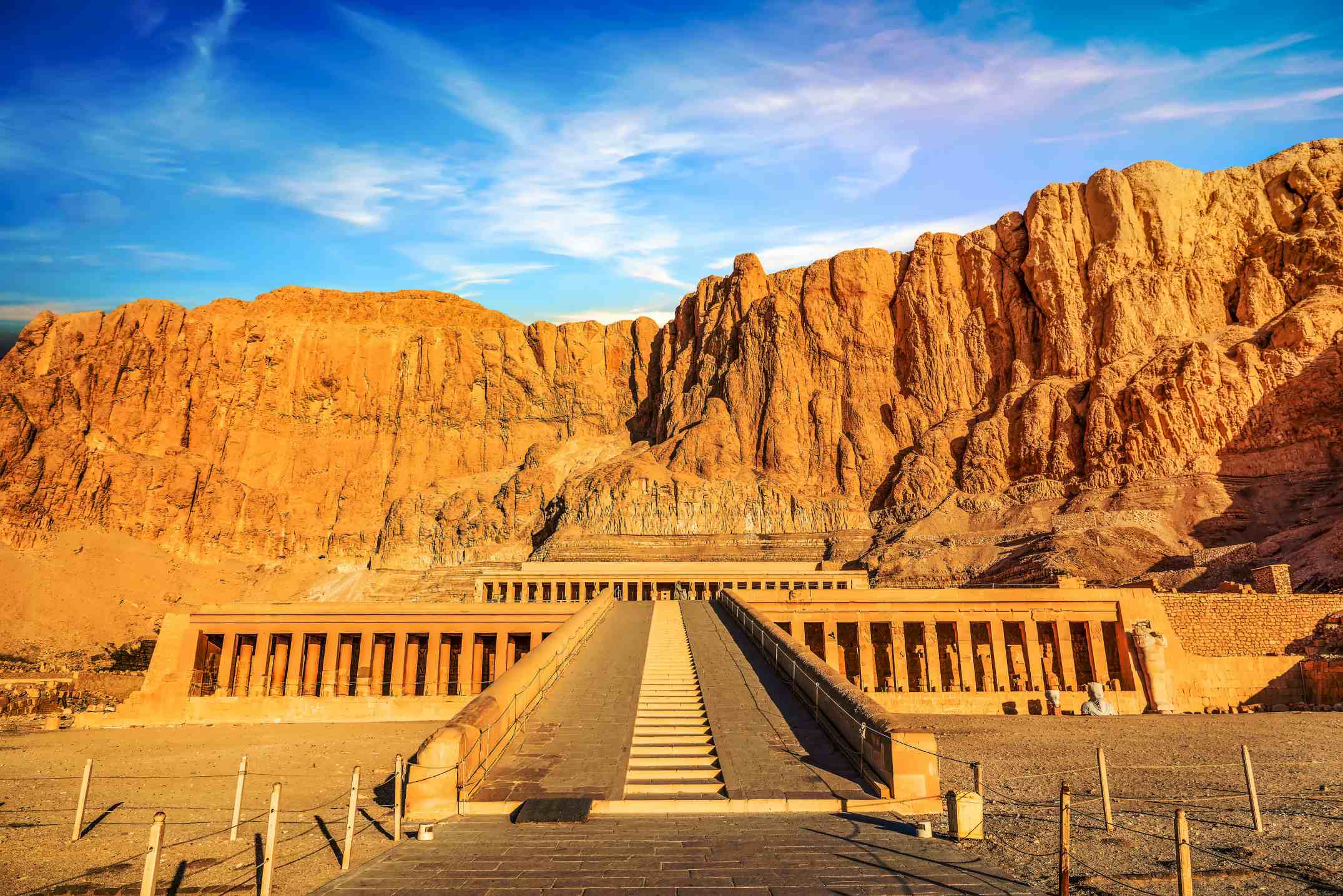
The Valley of the Kings is located on the west bank of the Nile river in Luxor, Egypt. It served as the burial site for the pharaohs of the New Kingdom period (ca. 1550-1070 BCE) and their consorts, as well as some of the high-ranking officials of the royal court. The valley contains over 60 tombs, most of which were discovered in the 19th and early 20th centuries. The tombs vary in size and complexity, from simple pits to elaborate multi-chambered structures adorned with colorful paintings and intricate carvings.
History of Tomb KV35 and its discovery
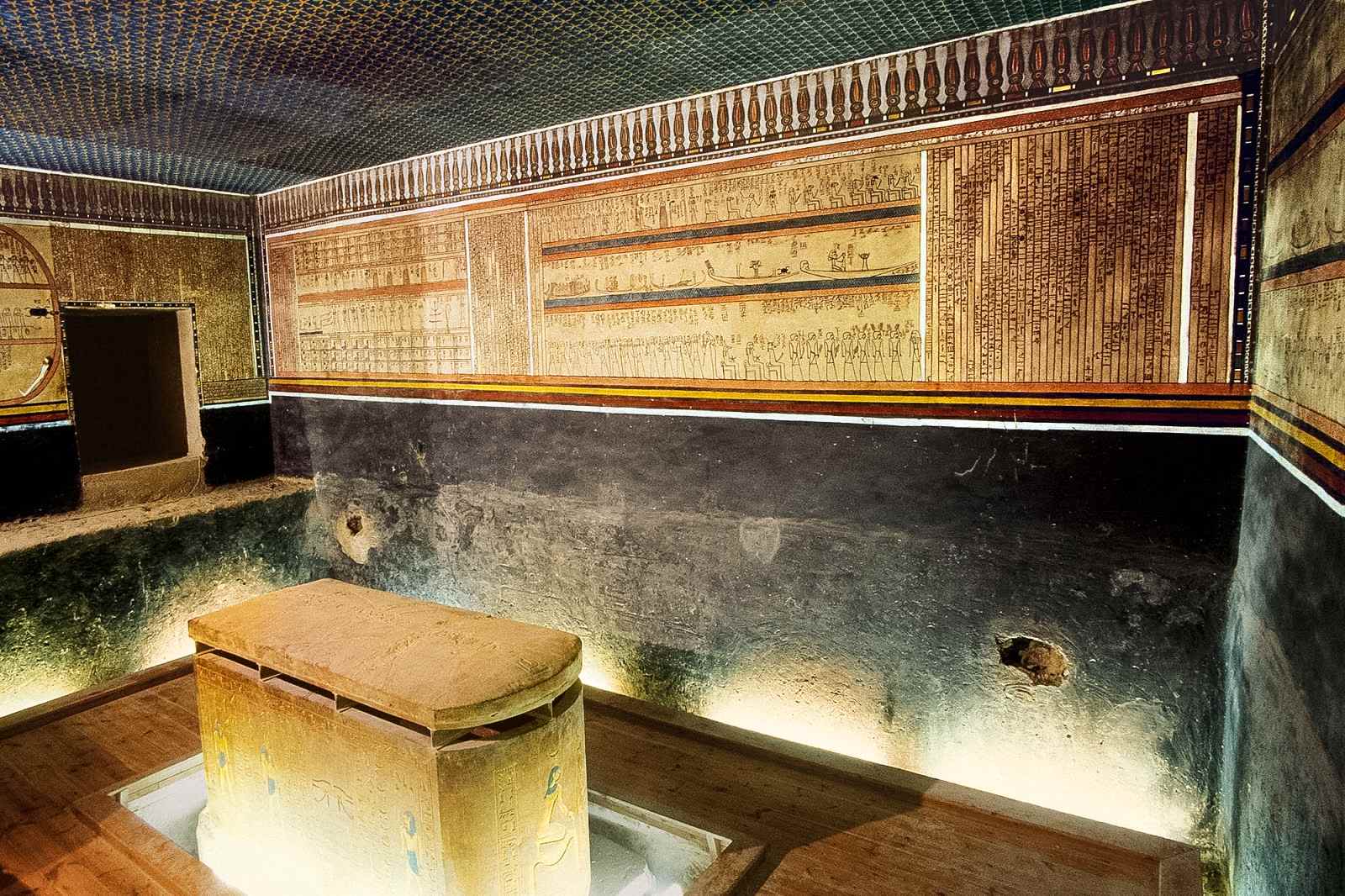
Tomb KV35, also known as the Tomb of Amenhotep II, was discovered by Victor Loret in 1898. Loret, a French archaeologist, had been excavating in the Valley of the Kings since 1895 and had already discovered several tombs, including those of Amenhotep III and Tutankhamun. When he first entered Tomb KV35, Loret found that it had been robbed in antiquity and most of its contents were missing. However, he did find fragments of a wooden coffin and a mummy, which he identified as that of Amenhotep II.
The mystery of the Younger Lady
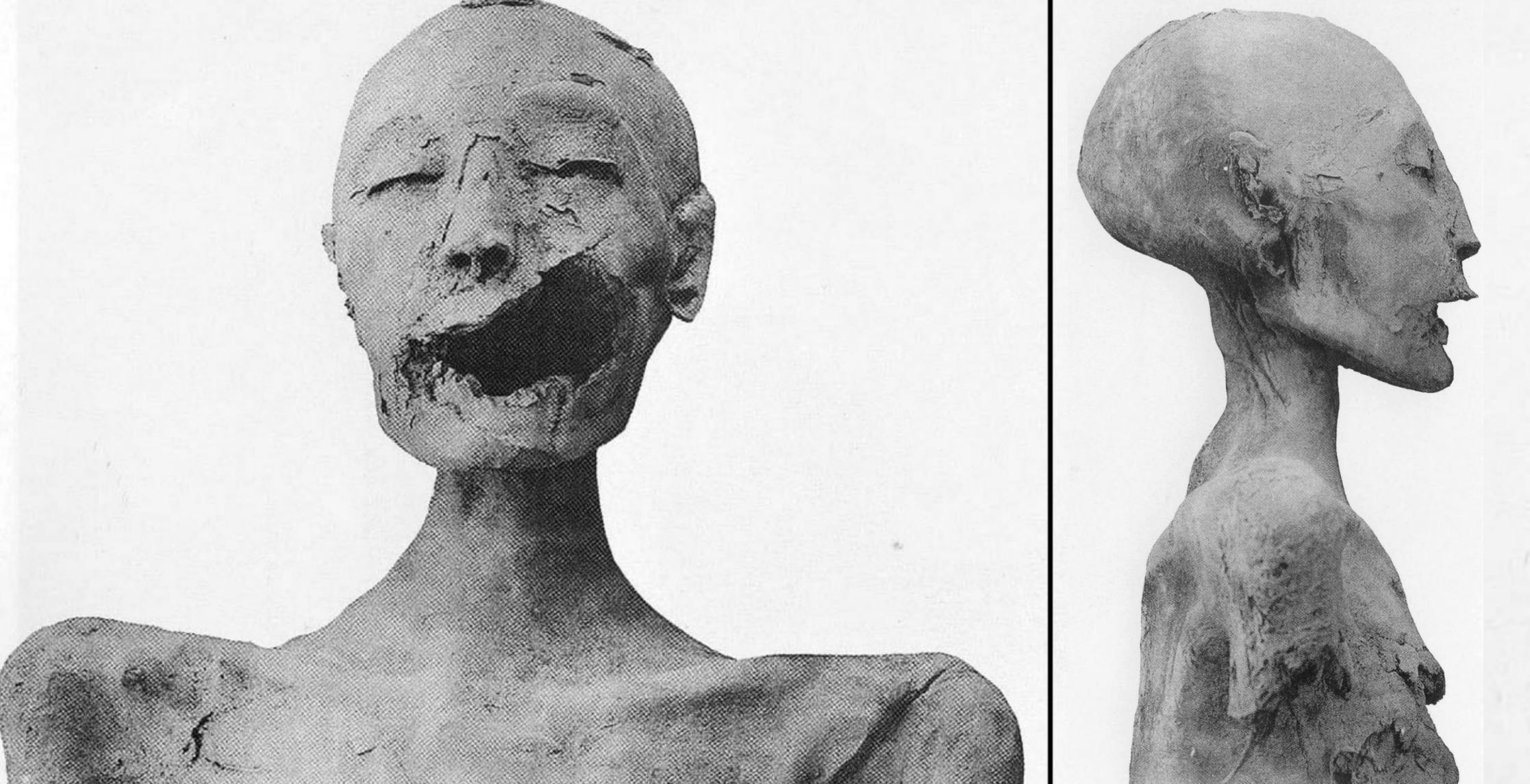
In 1901, another French archaeologist, Georges Daressy, discovered a cache of mummies in the tomb of Amenhotep II. Among these mummies was one that was identified as the “Younger Lady,” a woman of unknown identity who had been buried with Amenhotep II. The Younger Lady was found to have a distinctive DNA profile that linked her to the mummy of Tutankhamun, leading to speculation that she may have been his mother, and a daughter of pharaoh Amenhotep III and his Great Royal Wife Tiye – most likely to be Nebetah or Beketaten. However, her true identity remains a mystery to this day.
On the other hand, early speculation that this mummy was the remains of Nefertiti, or Akhenaten’s secondary wife Kiya was argued to be incorrect, as nowhere is either of them accorded the title “King’s sister” or “King’s daughter.” The possibility of the Younger Lady being Sitamun, Isis, or Henuttaneb is considered unlikely, as they were Great Royal Wives of their father, Amenhotep III, and had Akhenaten married any of them, as Great Royal Wives, they would have become the principal queen of Egypt, rather than Nefertiti.
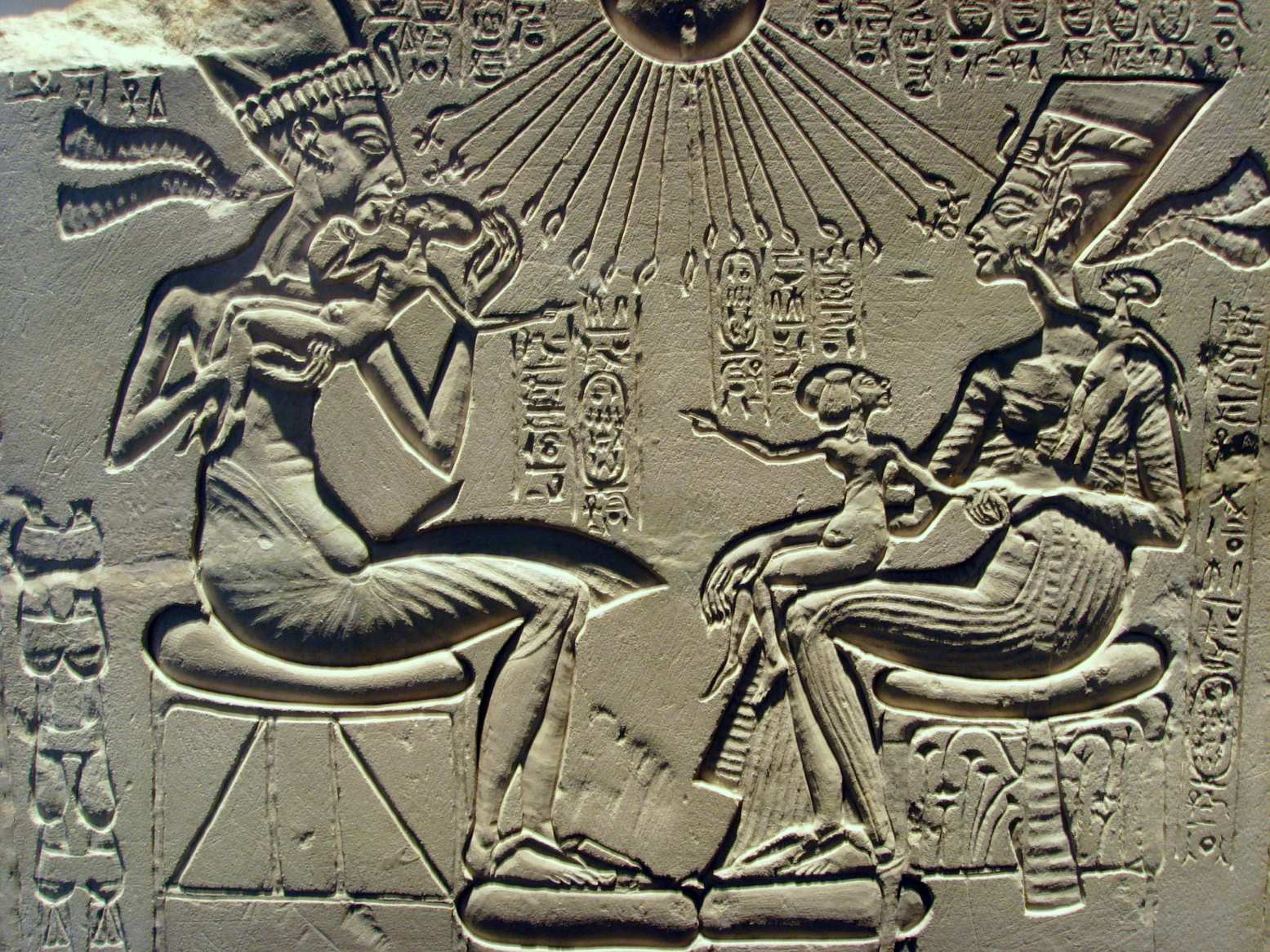
The significance of the artifacts found in Tomb KV35
Despite being robbed in antiquity, Tomb KV35 yielded several important artifacts that shed light on the funerary practices and beliefs of the ancient Egyptians. Among these artifacts were fragments of a wooden coffin, a canopic chest, and a number of shabtis (funerary figurines). The coffin fragments were decorated with scenes from the Book of the Dead, a collection of spells and incantations intended to guide the deceased through the afterlife. The canopic chest contained the internal organs of Amenhotep II, which were removed during the mummification process and preserved in four canopic jars. The shabtis were intended to serve as servants for the deceased in the afterlife and were often inscribed with spells and prayers.
The architectural design of Tomb KV35
Tomb KV35 has a complex architectural design that reflects the importance of its occupant, Amenhotep II. The tomb consists of a series of corridors and chambers, including a pillared hall, a burial chamber, and several side chambers. The walls and ceilings of these chambers are decorated with colorful paintings and carvings that depict scenes from the Book of the Dead and other funerary texts. The tomb also features a well-preserved sarcophagus made of red quartzite, which was intended to house the mummy of Amenhotep II.
The excavation and restoration process of Tomb KV35
After its discovery by Victor Loret, Tomb KV35 was extensively excavated and studied by a number of archaeologists and Egyptologists. In the early 20th century, the tomb was visited by several prominent figures, including Howard Carter, who would later discover the tomb of Tutankhamun. In the 1990s, the tomb underwent a major restoration project that included the installation of new lighting and ventilation systems, as well as the repair of damaged walls and ceilings.
Visiting Tomb KV35 and the Valley of the Kings
Today, Tomb KV35 is open to visitors as part of the Valley of the Kings site. Visitors can explore the tomb and see the well-preserved sarcophagus of Amenhotep II, as well as the colorful paintings and carvings that adorn its walls and ceilings. The Valley of the Kings is a popular tourist destination and can be visited as part of a guided tour or independently. Visitors should be aware that photography is not allowed inside the tombs and that some of the tombs may be closed for restoration or preservation work.
Other notable tombs in the Valley of the Kings
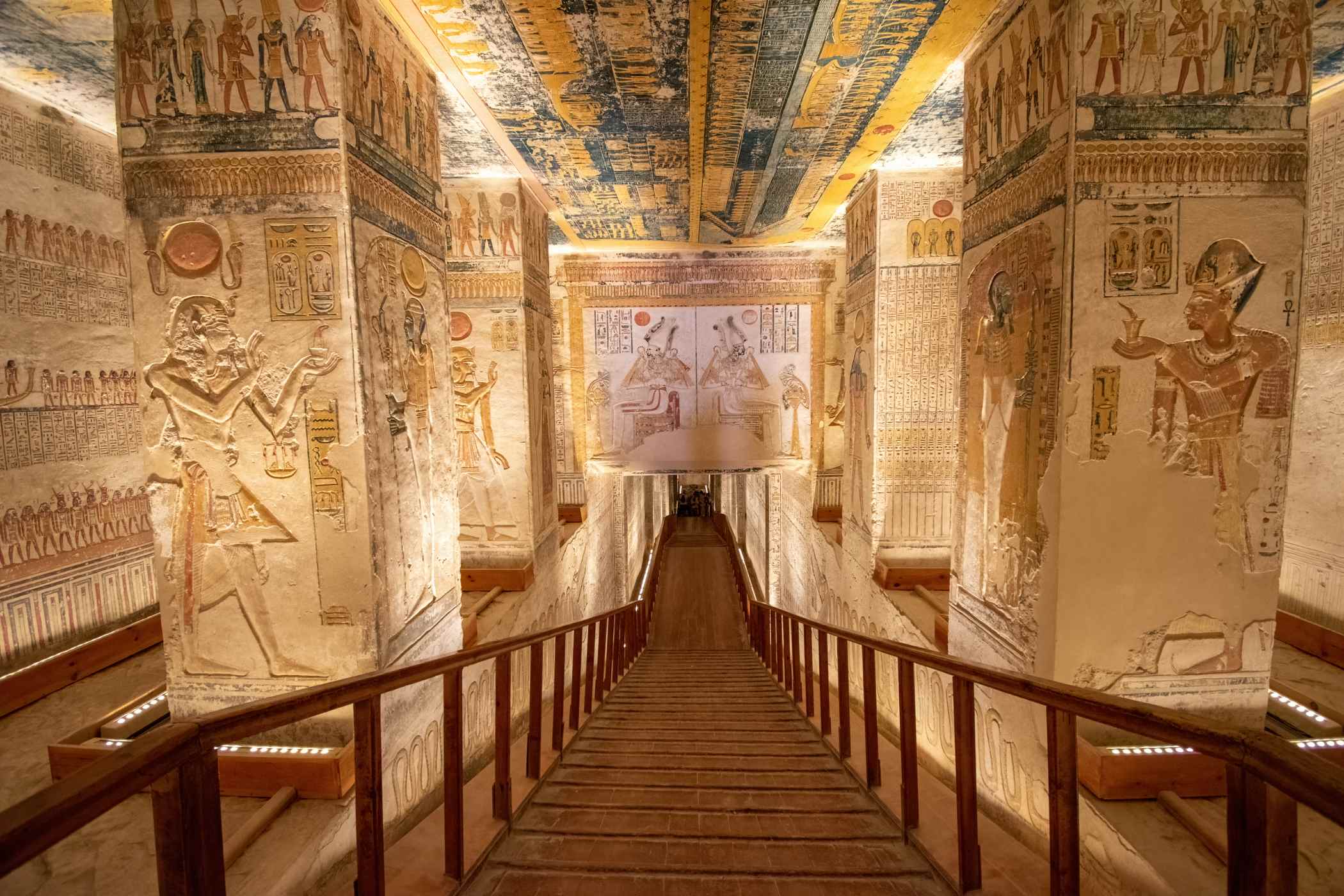
In addition to Tomb KV35, the Valley of the Kings contains many other notable tombs, including the Tomb of Tutankhamun, the Tomb of Ramesses VI, and the Tomb of Seti I. These tombs are known for their elaborate decorations, intricate carvings, and well-preserved mummies. Visitors to the Valley of the Kings can explore these tombs and learn about the lives and beliefs of the ancient Egyptians.
The conservation efforts to preserve the Valley of the Kings
The Valley of the Kings is a fragile and vulnerable site that requires ongoing conservation and preservation efforts. In recent years, there has been concern about the impact of tourism on the tombs and their contents, as well as the risk of damage from natural factors such as erosion and flooding. To address these concerns, the Egyptian government and international organizations have implemented a number of conservation and preservation programs, including the installation of new lighting and ventilation systems, the development of sustainable tourism practices, and the creation of a database to track the condition of the tombs.
Famaranana
In conclusion, Tomb KV35 is a fascinating and enigmatic tomb that offers a glimpse into the funerary practices and beliefs of the ancient Egyptians. Its occupant, the Younger Lady, remains a mystery to this day, but the artifacts and decorations found in the tomb provide valuable insights into the culture and history of this ancient civilization. The Valley of the Kings is a remarkable site that continues to capture the imagination of visitors from around the world, and its ongoing preservation and conservation efforts ensure that it will be enjoyed by future generations.




